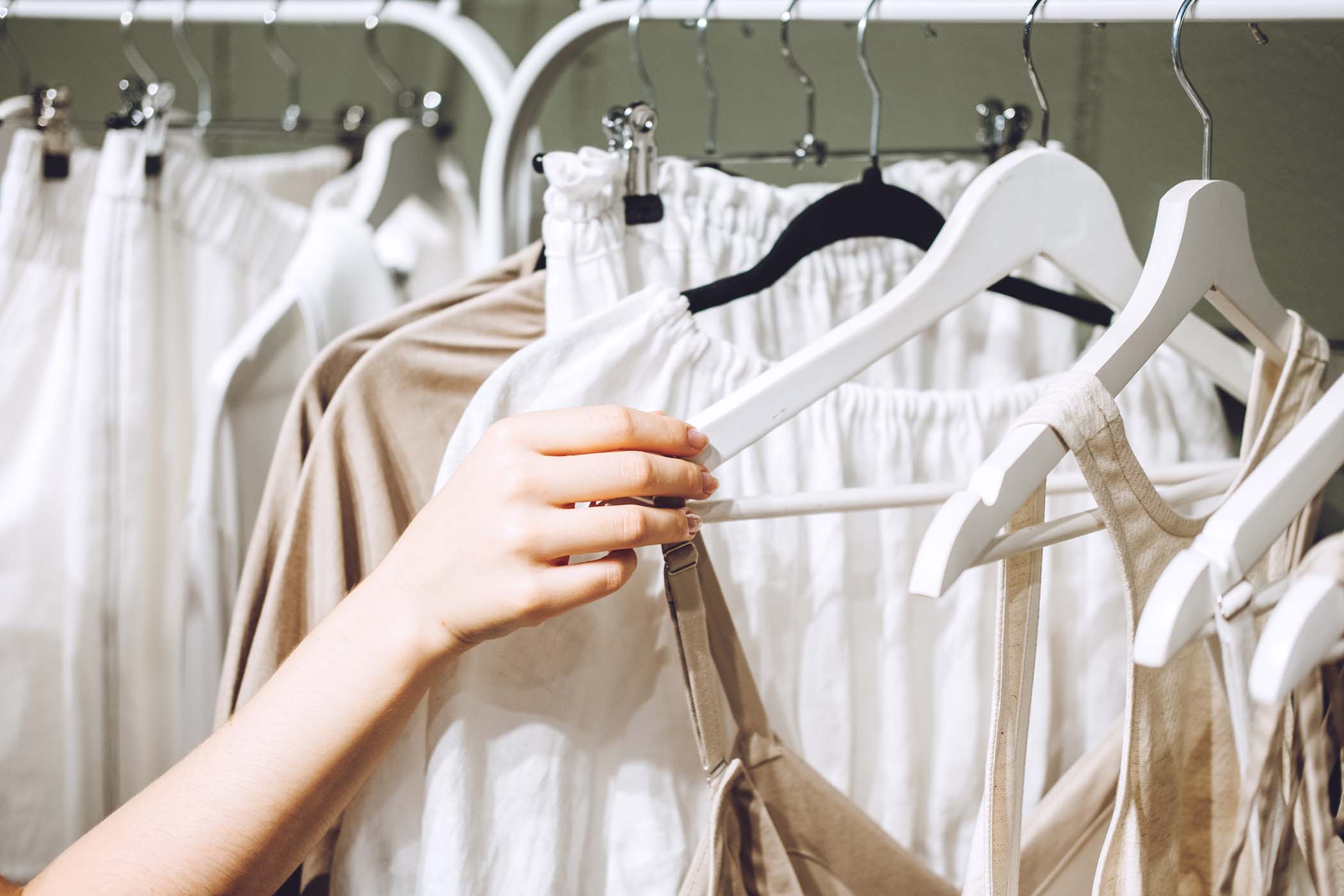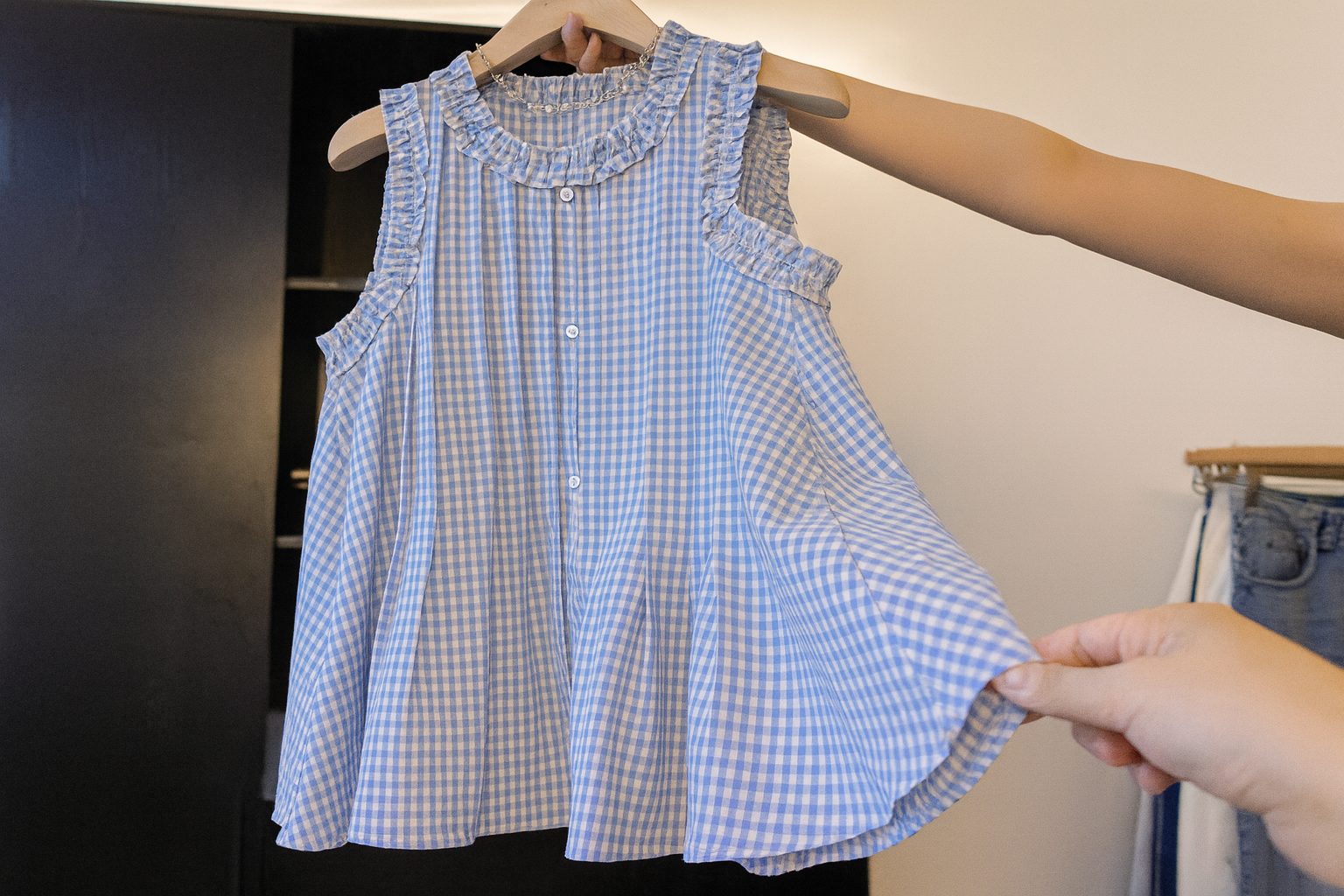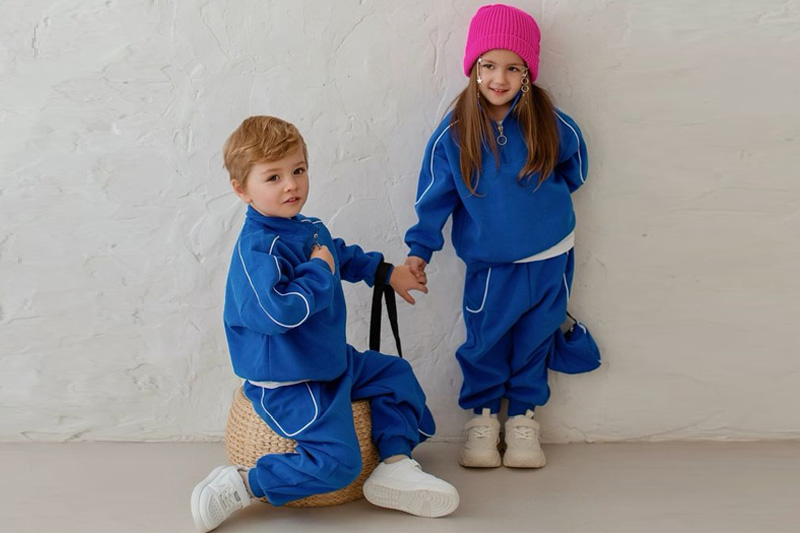How to Identify Real Organic Children’s Clothing and Avoid Being Misled by ‘Green Marketing’?
With the rising demand for organic kids’ clothing, brands are quick to jump on the “green” bandwagon. Unfortunately, not all “organic” labels are as genuine as they seem. Here's how you can confidently spot the real deal.
To identify authentic organic children’s clothing, check for recognized certifications, avoid vague eco-friendly claims, and research suppliers to ensure transparency and credibility.
Green marketing can be tricky to navigate, but with a little guidance, you can make informed, confident choices.
What Is Organic Kids’ Clothing? Understanding the Basics
Organic kids’ clothing is made from materials like organic cotton or bamboo, grown without harmful chemicals or synthetic pesticides.
True organic kids’ clothing uses natural, eco-friendly materials, ensuring the health of your child’s skin and promoting sustainable farming practices.
Dive Deeper: What Defines "Organic"?
When we say "organic kids' clothing," we're talking about fabrics made from natural fibers grown without synthetic chemicals like pesticides or fertilizers. For example, organic cotton is cultivated in healthier soil using eco-friendly farming techniques. This makes it not only safer for your child's sensitive skin but also better for the environment.
Why It Matters for Kids?
Children’s skin is thinner and more sensitive than adults’, which means harmful chemicals in fabrics can cause irritation or even allergic reactions. Organic clothing avoids these risks by keeping the materials as pure as possible. Plus, these fabrics are breathable, soft, and ideal for active kids who need comfortable, all-day wear.
| Conventional Cotton | Organic Cotton |
|---|---|
| Uses pesticides | Grown chemical-free |
| Can cause irritation | Gentle on skin |
| Strains environment | Eco-friendly |
Understanding these basics helps you start making smarter choices when buying organic kids’ clothing.
Common ‘Greenwashing’ Tactics: How to Spot Misleading Claims?
Greenwashing is when brands exaggerate or falsify eco-friendly claims to attract conscious buyers. It’s everywhere, but knowing the signs can protect you.
Beware of vague terms like “natural” or “eco-friendly” without certifications, and avoid brands that lack transparency about their production processes.
Dive Deeper: How Greenwashing Works
One common tactic is the use of meaningless buzzwords. For instance, labels like “all-natural” sound great but don’t necessarily mean organic or chemical-free. Another red flag is when brands overemphasize eco-friendly packaging while ignoring the sustainability of their fabrics.
Look for transparency. Does the brand clearly state where their materials come from or how they’re made? If not, they might be hiding something. Trustworthy companies often highlight certifications or provide detailed explanations of their practices.
Examples of Misleading Claims
- "Made with organic cotton" (but only 5% organic fiber is used).
- "Eco-conscious" without specifying how.
- Use of green-colored packaging to evoke “natural” feelings.
Stay alert for these signs, and always dig deeper if something feels off.
Key Certifications to Look For: The Fastest Way to Verify Organic Clothing?
When it comes to verifying organic clothing, certifications are your best friend. They are a quick, reliable way to ensure you’re getting the real thing.
Look for globally recognized labels like GOTS, OEKO-TEX, or USDA Organic, which guarantee authenticity and compliance with organic standards.
Dive Deeper: Top Certifications for Organic Clothing
- GOTS (Global Organic Textile Standard): The gold standard for organic textiles. It ensures the entire process—from farming to production—is eco-friendly and ethical.
- OEKO-TEX Standard 100: Tests for harmful substances in fabrics, ensuring safety for sensitive skin.
- USDA Organic: Focuses on the agricultural aspects, ensuring materials like organic cotton are grown without harmful chemicals.
These certifications are not just labels—they represent a thorough vetting process, giving you peace of mind about the product’s quality and authenticity.
| Certification | What It Ensures |
|---|---|
| GOTS | Organic fibers & ethical production |
| OEKO-TEX | Free from harmful substances |
| USDA Organic | Chemical-free farming |
By checking for these certifications, you can avoid falling for fake claims and make informed buying decisions.
The Price of Organic Clothing: Is Cheaper Always a Red Flag?
Organic clothing typically costs more due to its production process, but not all expensive items are authentic. So, is price a reliable indicator?
While organic kids' clothing is generally pricier, an unusually low price could indicate shortcuts in quality or lack of true organic materials.
Dive Deeper: Balancing Price and Quality
Organic cotton farming involves sustainable practices and higher labor costs, which naturally makes the product more expensive. A good organic kids’ hoodie or t-shirt might cost 20-30% more than conventional alternatives. However, paying a higher price doesn’t always guarantee authenticity—it’s about the value and transparency behind the price.
Watch out for unusually cheap "organic" options, as they might cut corners by blending organic fibers with conventional ones. On the flip side, expensive doesn’t always mean better—some brands mark up prices purely for profit. To avoid this, always verify certifications and research the brand’s credibility.
Choosing Reliable Suppliers: How to Ensure You’re Buying Real Organic Kids’ Clothing?
When sourcing organic kids’ clothing, partnering with a trustworthy supplier is essential to avoid greenwashing and ensure quality.
To ensure reliability, choose suppliers with certifications, check reviews or testimonials, and verify their production processes for transparency.
Dive Deeper: Finding the Right Supplier
- Ask for Certifications: Reliable suppliers will willingly provide certifications like GOTS or OEKO-TEX to prove the authenticity of their products.
- Review Their Transparency: Do they share information about their materials, production process, or ethical practices? The more open they are, the better.
- Check Testimonials: What do their existing customers say? Reliable feedback from other brands or buyers can give you insights into their credibility.
- Start Small: If you’re unsure, place a smaller initial order to evaluate their quality and service before committing to larger volumes.
Building a relationship with a supplier you trust will save you time, stress, and money in the long run.
Conclusion
Identifying real organic children’s clothing isn’t just about trusting labels—it’s about understanding the basics, spotting misleading claims, and choosing the right suppliers. By staying informed and vigilant, you can provide safe, sustainable clothing for kids while supporting ethical practices in the industry.



